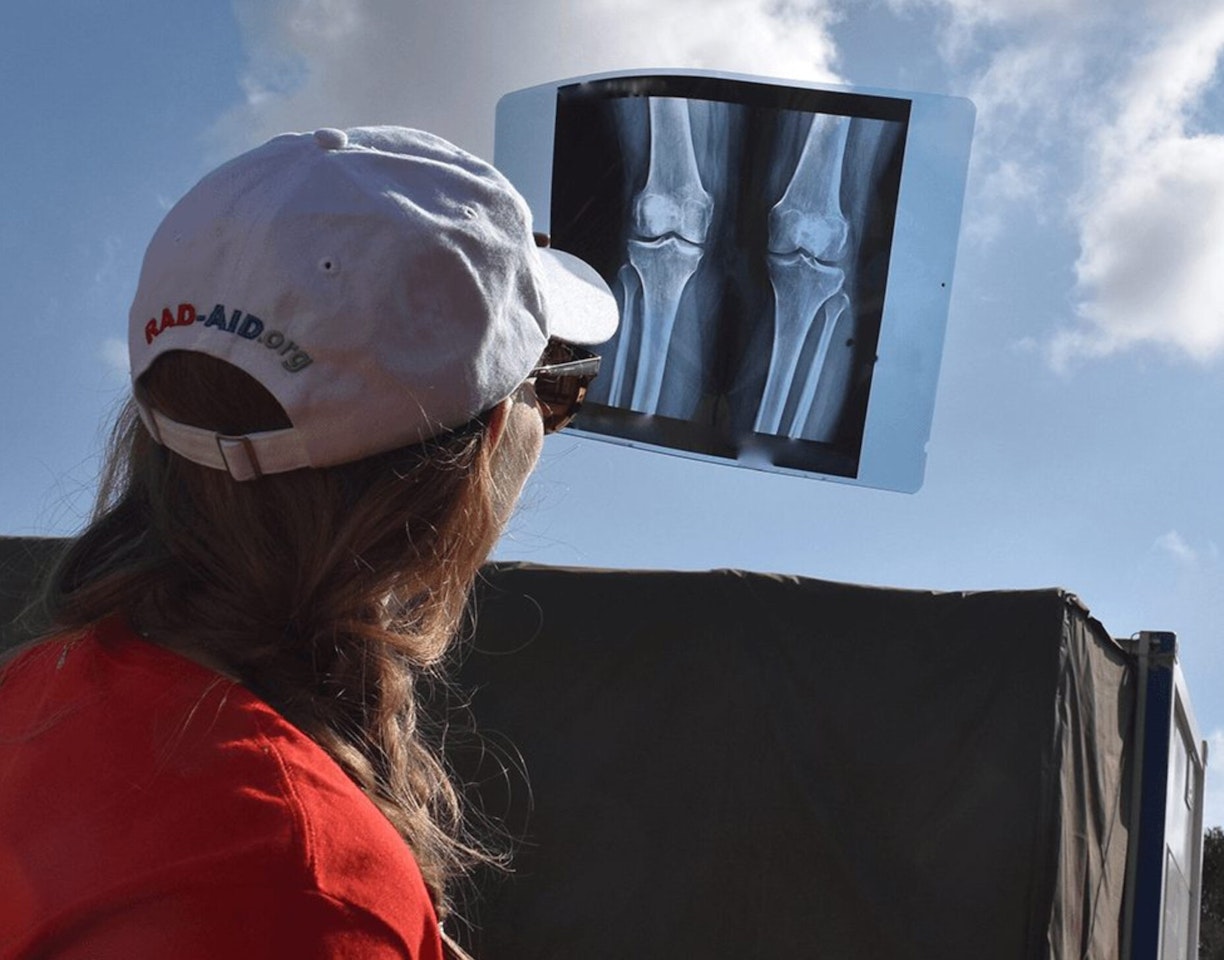

Radiation Surveying in Higher Education: Balancing Safety with Science
In academia, where the pursuit of knowledge intersects with the imperative of safety, the role of radiation surveying takes on a unique significance.
We spoke to Alexa Comeau, Radiation Surveyor for McMaster University, to explore the critical work of professionals who ensure that the use of radioactive materials in research and education is conducted with the utmost caution. Alexa is called upon daily to navigate the complexities of regulatory compliance, while using innovative methods to maintain a safe learning environment without stifling her institution’s innovative research endeavors.
The opinions expressed below are Alexa’s alone and do not reflect those of her employer or Mirion. Interview has been condensed and edited for clarity.
Mirion: How did you decide to become a radiation surveyor?
Alexa Comeau: I decided to change disciplines entirely, and I was looking into trades. I was looking at electrical carpentry, something along those lines, and a teacher suggested that I apply for the radiation surveyor program at a college here in Canada. It's short and it gets into the industry pretty quickly, and it's a growing industry. There's lots of opportunity. So, I got accepted to the program, did eight months of schooling and totally changed my trajectory. I’ve been in this industry since 2017.
Mirion: What's unique about radiation surveying at a university compared to another institution?
AC: There is a huge source term. We have researchers that are working with all kinds of isotopes straight across the board. But we also have a reactor, which is kind of rare; not a lot of universities that have a radiation safety program also have a reactor on site. And that comes with a whole extra set of challenges.
Our reactor is not the largest reactor, but they operate it nominally every day. They also have channels to irradiate samples. So almost anything could be going through the reactor at any point in time.
We also have a number of companies that produce radiopharmaceuticals. So our facilities also have clean rooms, which is unique to McMaster as well.
Mirion: Can you describe a normal day in your role?
AC: For me, it changes every day. In instruments, there are routine things that are more monthly versus daily. There are source checks that are done monthly, calibrations that are done monthly. It depends on what has come up in the schedule.
Some of our other surveyors have more daily tasks. They will be checking the environment to make sure it's not contaminated, counting samples. The role that I'm in is sort of unique as well.
Mirion: How do you balance the dynamic landscape of your work?
AC: One day at a time!
Mirion: How has Mirion helped you solve a radiation measurement challenge in the past?
AC: The reactor produces a third of the world's Iodine-125 supply, and it's a very low energy gamma emitter. It's quite difficult to detect. We had to find a whole-body monitor and a hand-and-foot monitor that had the efficiency for I-125, which we found in the Xenon detectors.
Mirion: What’s your biggest challenge today?
AC: The fact that McMaster has such a broad exposure to different radioactive isotopes. It can be a challenge to find a piece of equipment that we know will detect the latest and greatest isotope that's been brought in. And it is changing all the time. It seems daily right now.
Mirion: Why is there such a large range of isotopes at your university?
It depends on what the industry is looking for right now and the opportunities that the students can have. They've brought on two new researchers this year, one who is working with things like uranium, and I think the other is working with paths through the body. They are going to be looking at the shorter-lived isotopes for imaging.
Mirion: What technology are you excited about for the future?
AC: I'm excited for things to be a little more broad, like an instrument that covers low, medium and high. I think it would be a challenge, but as technology gets better and it gets faster, we have instruments that will take care of things like I-125 but also Lutecium or whatever we have at the facility. And I don't think an all-in-one is really practical, but something that would be a little more flexible. I think that's exciting.
Mirion: What advice would you give to someone starting out in health physics today?
AC: To take opportunities at different institutions so that you get a real feel for the industry. Power generation is not the only option. There are of course institutions like this but then there are small institutions that are working with radioisotopes, which is really interesting. It's a whole different set of challenges.
Mirion is proud to partner with professionals like Alexa, whose daily work champions the important balance between educating and protecting the next generation of nuclear scientists and safety professionals.


